What is the principle of mirror protective film
2025-07-22
The Principle of Mirror Protective Film
The principle of a mirror protective film lies in its multi-layered structure and optical properties, designed to balance protection and reflective functionality. At its core, the film combines a base layer, typically made of polyethylene terephthalate (PET), which provides structural rigidity and durability. This layer resists tearing and deformation, forming a stable foundation for other components.
Key Components:
- Base Layer: PET material for structural integrity
- Reflective Layer: Metal coating or high-refractive-index polymer
- Protective Top Layer: Scratch-resistant tempered glass or polyurethane
- Adhesive Layer: Bubble-resistant pressure-sensitive adhesive
Bonded to the base is a reflective layer, often composed of a thin metal coating (such as aluminum or silver) or a high-refractive-index polymer. This layer creates the "mirror effect" by reflecting light: when ambient light hits the surface, the reflective material bounces a significant portion back, mimicking the appearance of a mirror while still allowing some light to pass through to the underlying screen.
A protective top layer adds scratch resistance and oil repellency. Made from hardened materials like tempered glass or polyurethane, it shields the reflective layer from abrasions, fingerprints, and minor impacts. This layer often includes an anti-glare treatment to reduce unwanted reflections under direct light.
Beneath these layers, an adhesive layer ensures secure attachment to the screen. It uses pressure-sensitive adhesives (PSAs) that form a strong bond without leaving residue when removed. The adhesive is designed to be bubble-resistant, allowing air to escape during application.
Optical Properties:
- Controls light transmission and reflection ratios
- Maintains screen visibility while creating mirror image
- Protects against moisture, dust, and UV rays
- Prevents distortion through precise layer thickness
The film's effectiveness depends on the precision of each layer: uneven thickness in the reflective coating can cause distortion, while poor adhesion may lead to air pockets that disrupt the mirror effect. By integrating these components, mirror protective films achieve dual functionality—protecting the screen and providing a reflective surface—through careful engineering of material properties and optical interactions.
You Might Also Like
-
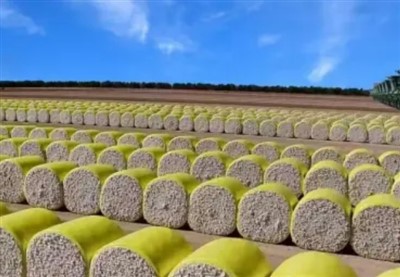
what are the advantages of cotton packaging film
-
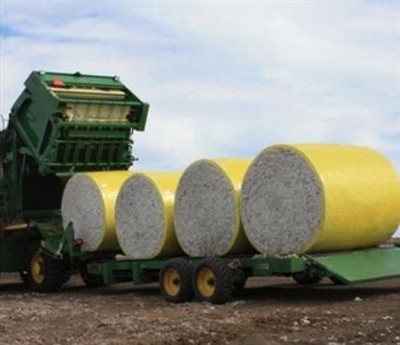
The Advantages of Cotton Wrap Film
-
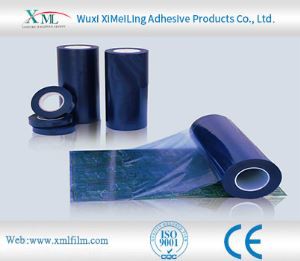
How does pe protective film cope with high temperature environment
-
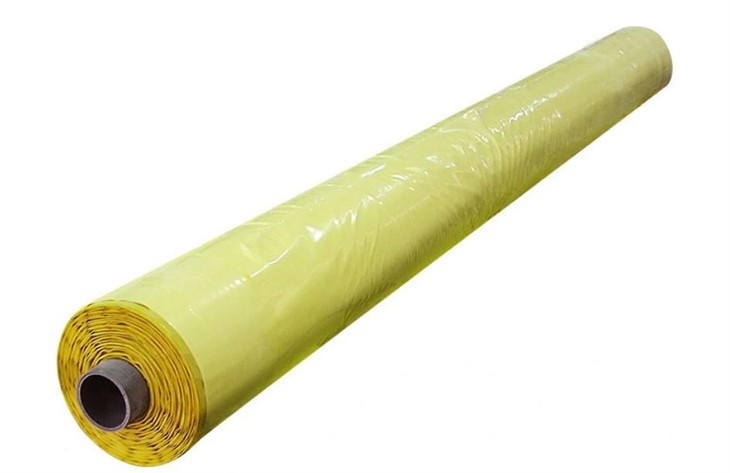
Advantages of Cotton Bale Wrap Film
-
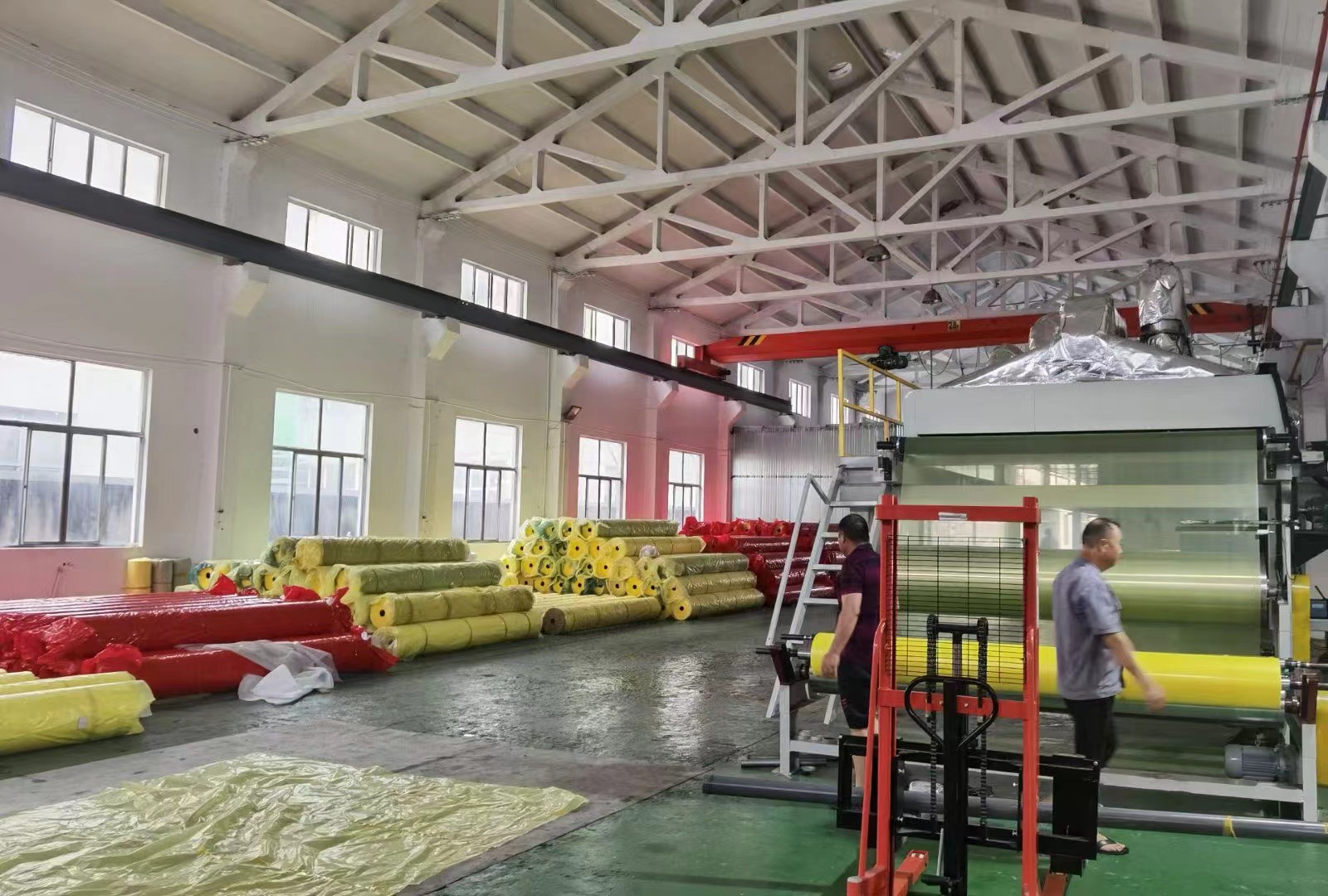
Storage method of cotton bale wrap film
-
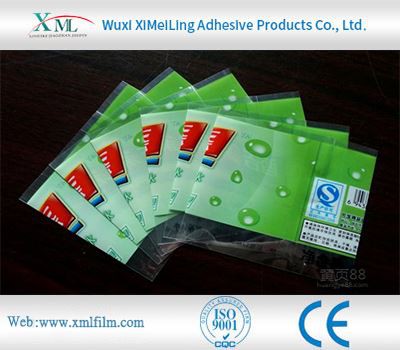
How Polyethylene Packaging Material Copes with High Temperature Environment
